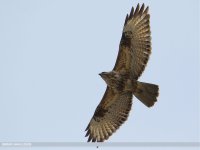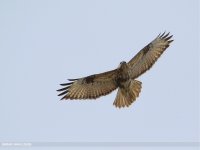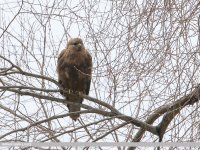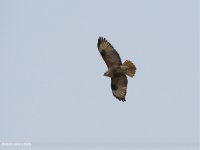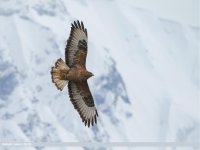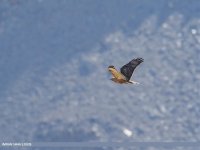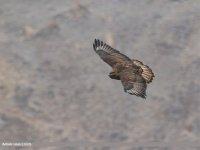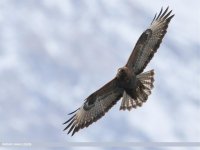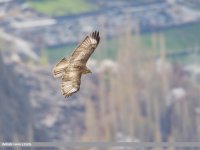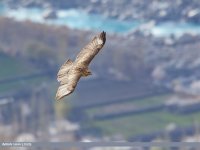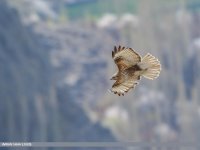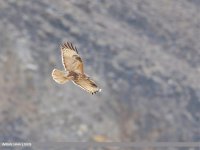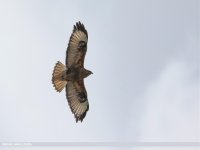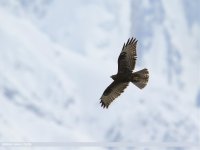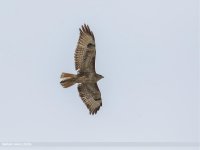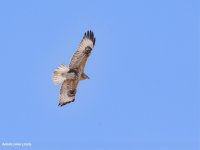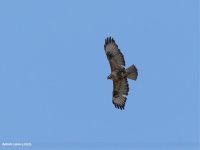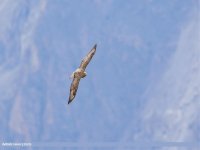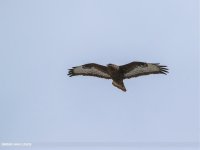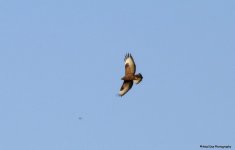During the autumn and spring passage we have a great influx of raptors in the northern parts of Pakistan, especially in Hunza Valley. One of troubling raptors for identification are buzzards, as the area might have Long-legged, Himalayan and Common/Steppe Buzzard during the season, with lots of morphs and overlapping features. During the past 2 weeks I spotted numerous buzzards (mixed with lots of Black Kites and Booted Eagles and few Steppe Eagles and vultures) and am totally confused about how to know what is what. So I will post some images in this tread to gets some ideas to clear my head.
Image 1 and 2 are same bird. 3 and 4 are different individuals.
Image 1 and 2 are same bird. 3 and 4 are different individuals.




